Solar maximum arriving earlier than expected; Could bring powerful geomagnetic storms to Earth
The Sun’s activity is increasing and experts predict that the solar maximum may arrive a year earlier than expected with the possibility of powerful geomagnetic storms.
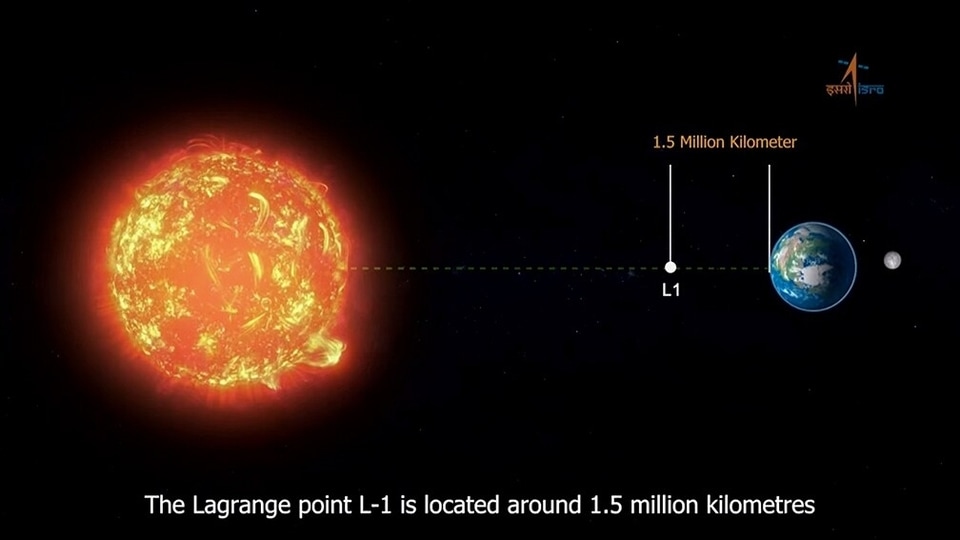
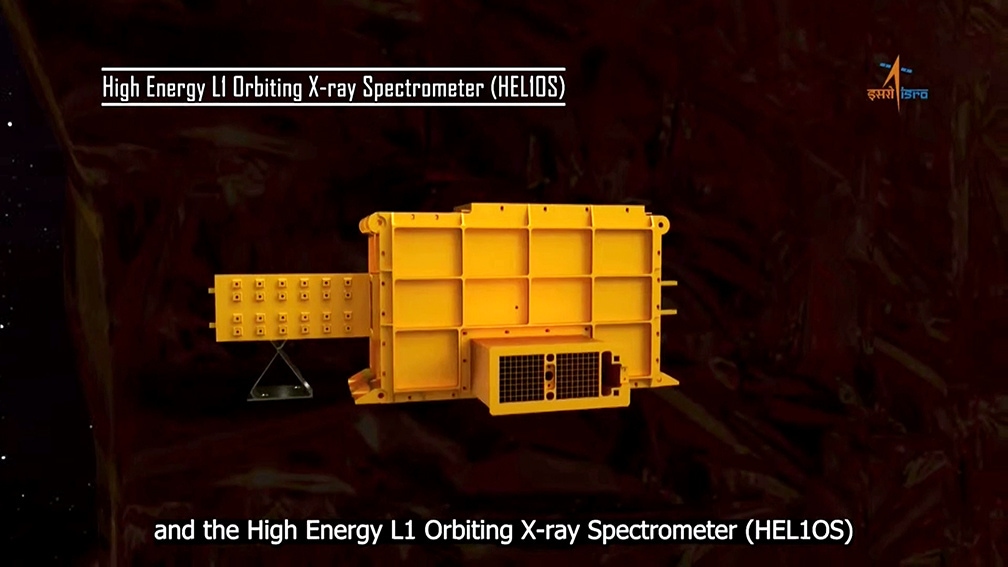
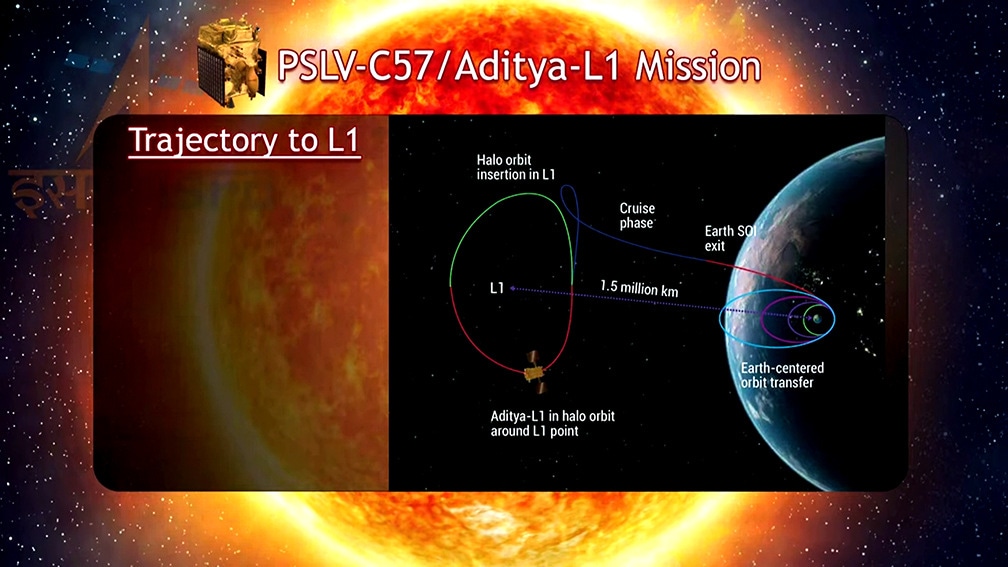
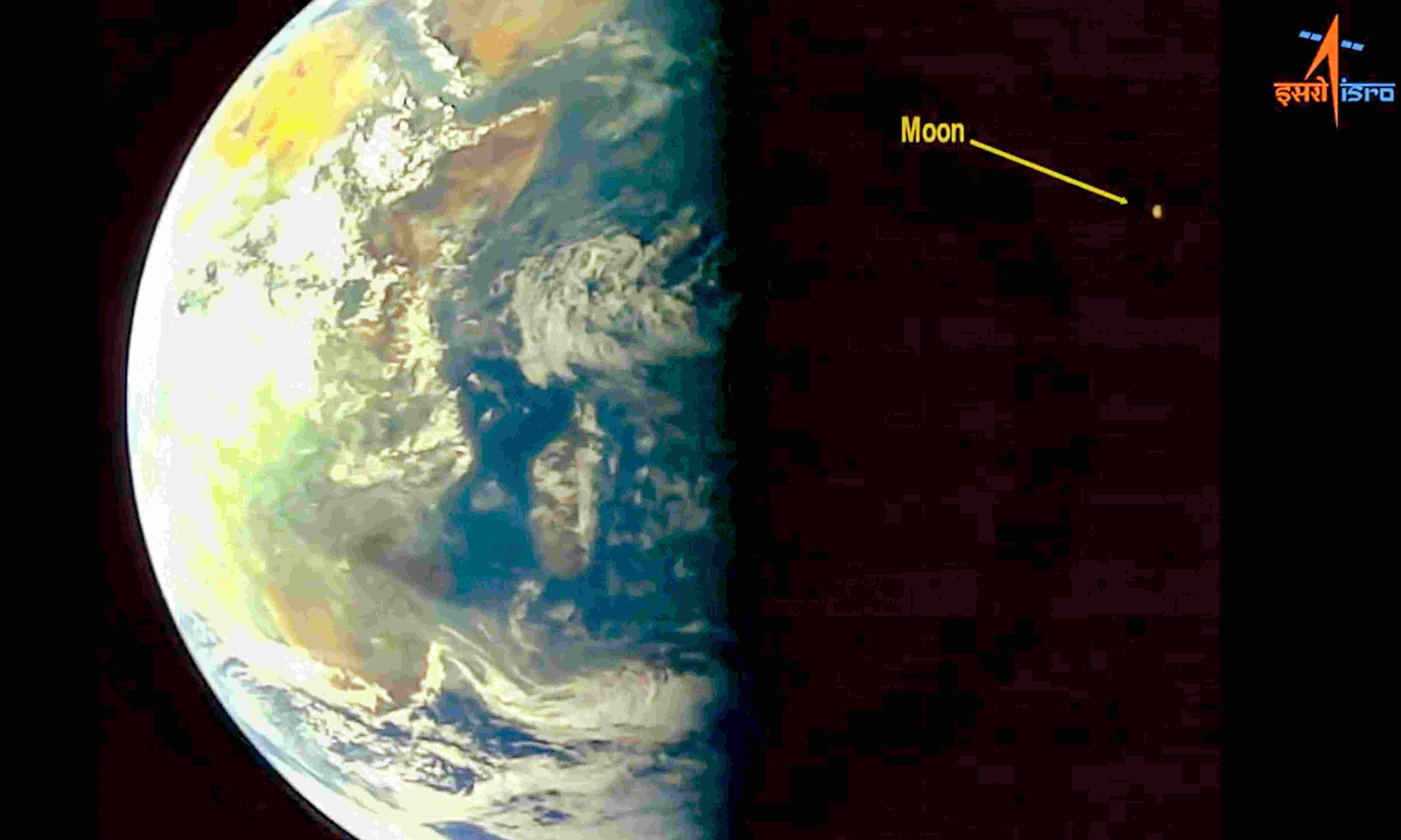
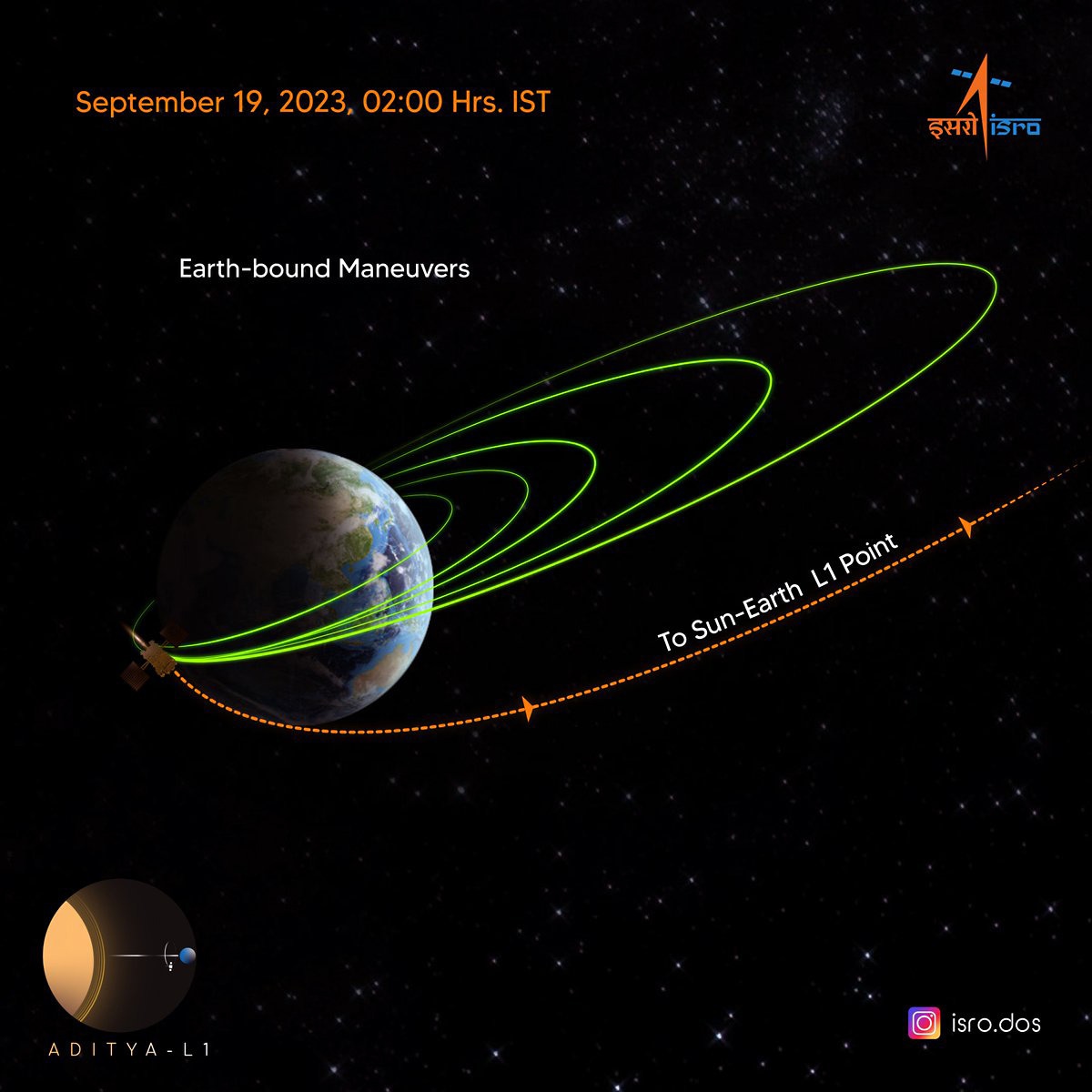
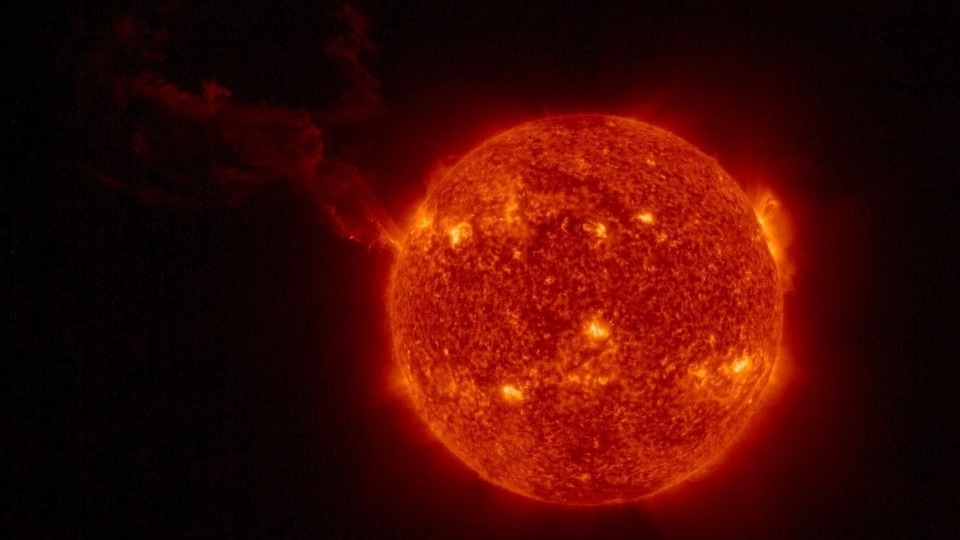
 View all Images
View all ImagesOur Sun is one of the most active members of the solar system and its aggressive activities affect the space weather and the Earth's satellites with massive solar storms and flares. Earlier, experts believed that the solar maximum would peak around July 2025, now researchers believe that it may occur earlier and with increased intensity. For the unaware, solar maximum is the peak of a solar cycle and it arrives every 11 years. Currently, the Sun is experiencing the solar cycle 25. However, the reason behind the early arrival may help researchers find a better understanding of our host star. Know what experts say about the solar activities increasing.
Solar maximum and its early arrival
Solar maximum occurs when the Sun's activity is at its peak and it bombards the space weather and Earth with massive bright explosions which are known as flares. These flares emit harmful radiation into space. Additionally, the Sun also consists of darker-looking regions which are called sunspots that are formed when a particular region has a high amount of unstable magnetic energy, and often opposing poles in close contact. They also tend to quickly expand and explode, giving birth to solar flares and magnetic filaments. During this period the Sun also releases coronal mass ejections (CME) which can impact our satellites and disrupt wireless communication.
The solar maximum occurs after every 11 years and the upcoming peak was projected for July 2025. According to a Phys.org report, NASA scientist Robert Leamon and Scott McIntosh, deputy director at the US National Centre for Atmospheric Research (NCAR) predict that the Sun's peak will be arriving between the middle to the end of 2024 which is earlier than expected, which was in 2025. The timeline and method for predicting the peak of this solar cycle is crucial to develop an in-depth understanding of the Sun. Many prediction methods rely on the length of a cycle, but Leamon and McIntosh focused on the sunspots and their magnetic properties. The sunspot transition after the end of the cycle helps researchers study the upcoming cycle with growing spots.
How does solar maximum affect Earth?
Due to the increase in the Sun's activity, the solar flares and CMEs increase the possibility of hitting Earth. However, our magnetic field works like a protective shield that prevents the particles from reaching the Earth's surface. But still, these solar activities impact our electrical grids, satellites, and other electoral infrastructures. Now, with the Sun's activity rising, we may encounter frequent solar flares and geomagnetic storms striking the Earth.
Catch all the Latest Tech News, Mobile News, Laptop News, Gaming news, Wearables News , How To News, also keep up with us on Whatsapp channel,Twitter, Facebook, Google News, and Instagram. For our latest videos, subscribe to our YouTube channel.

























